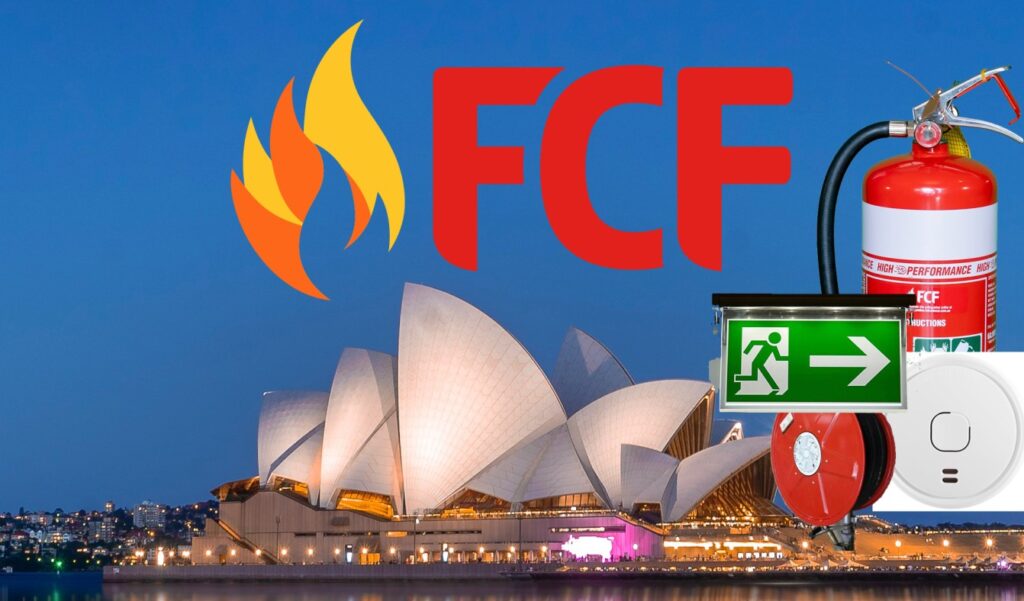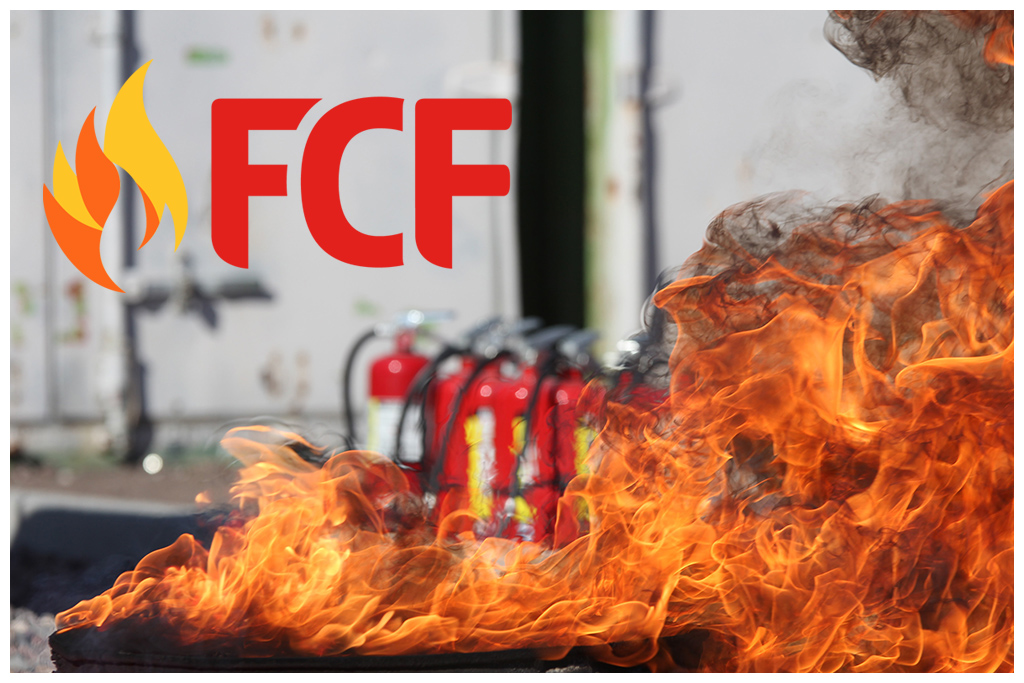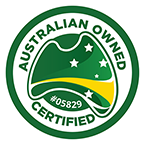Fire extinguisher locations that will allow for easy access to all parts of the building, such as hallways and stairwells. Fire extinguishers should be placed near the exit doors where people will use them most frequently. Fire extinguishers should also be located near electrical outlets and other common sources of fire hazards. Fire extinguishers should not be placed behind cabinets or inside closets, where they are not easily accessible.
Fire extinguishers should be mounted high enough to reach all parts of the room but low enough so that they cannot fall over or roll away when knocked over. The fire extinguisher location is important because they must be within three feet of an exit door and within 10 feet of flammable materials such as paper and cardboard boxes, fabrics and curtains.

Fire extinguishers should be located near the exits of your facility. This is so that you can easily direct employees to them in case of a fire. You should also ensure that they are easy to access, especially for elderly people and children.
Fire extinguishers should be located on every floor of your building, except for the basement and top-floor offices. In addition, they should be placed at each storeroom door as well as inside every room where flammable materials are stored.
Fire extinguishers are a vital part of any building’s fire protection system. They should be stored in an accessible location that is easy to reach and where it can be readily accessed during an emergency. The following guidelines will help you locate the correct fire extinguisher in your facility:
1. Fire extinguishers are generally located in corridors, stairwells, elevators and lobbies. However, they may also be located as far away from these areas as possible, depending on the type of fire and other factors.
2. Fire extinguishers should be kept within five feet of each other in order to minimize the risk of spillage or damage when there is a fire or other hazardous situation taking place nearby.
3. Fire extinguishers must be replaced regularly because they only have about three minutes of use before they need to be recharged with a chemical agent (fog) or replaced altogether if the chemical agent has been depleted from the tank or has been damaged by fire damage.
The fire extinguisher is the most important part of your fire safety system. If a fire breaks out, you need to be able to stop it in its tracks.

The primary purpose of a fire extinguisher is to put out fires that start in combustible materials. These materials can include wood and paper, but also include items such as gasoline, kerosene and diesel fuel. If a fire starts in one of these materials, use an extinguisher to prevent it from spreading or damaging other property or people
Fire Extinguishers are classified by size: A 10-foot length can hold up to 200 gallons of water while the largest model on the market holds up to 1,000 gallons – enough to completely control a major blaze.
Fire extinguishers are designed to be easy to use, but there are divisions among the fire extinguisher types. Since the majority of fires start in the kitchen, it is best to keep a small fire extinguisher there that does not require a lot of energy. However, if there is a chemical combination starting to form from cooking or combustion, it may be best to have a large bottle nearby. Make sure to check local regulations for the type and amount needed for your building/structure.
In summary, we recommend that staff and visitors are educated about the location of fire extinguishers and their proper use. They should use the portable extinguisher for small fires. The manual on how to use the fire extinguisher found in each compartment should be consulted whenever a portable extinguisher is located. Employees should also review the local fire alarm system and know its proper location, especially if they’re responsible for testing it at least monthly.


